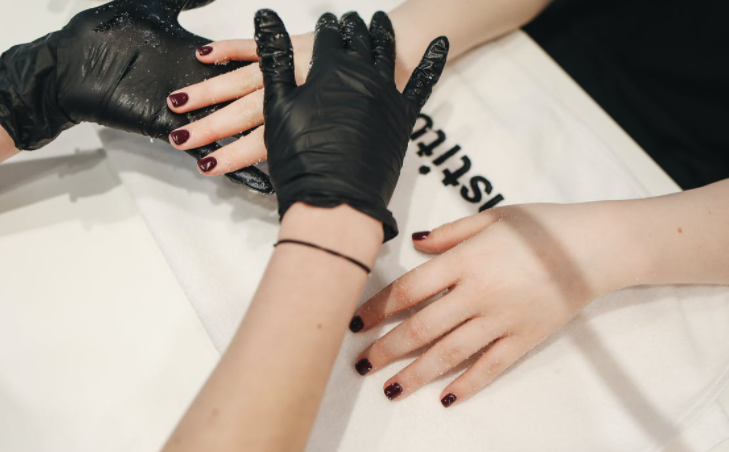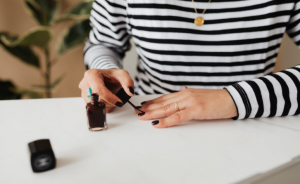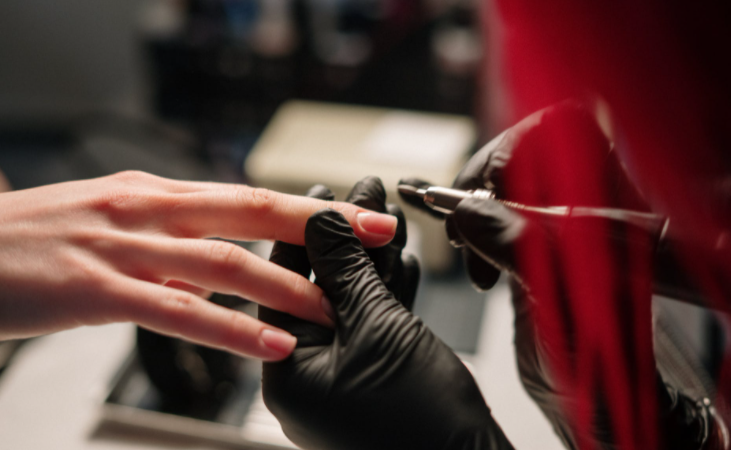Nowadays, you can find various types of nail extensions. Most of us are familiar with the common types of programs, which explains why we decided to introduce you to some of the most popular options out there. The unhas de fibra de vidro nails went a little viral last year. But don’t be alarmed if you’ve never heard of them. They’ve been around for a while, but they’ve gained new notoriety through the web – maybe they got your attention? We’re giving you all the juicy details you want to understand about ceramic claws: read on.

Overview of Fiberglass Nails
Fiberglass nails are not made of the substance used in the construction of real walls and houses. Rather, ceramic claws are made when implemented thin enough (fiberglass) in addition to nails. Fiberglass is usually applied in thin strands that have a braided appearance. Therefore, fiberglass nails can be used to create many different lengths and shapes of nails.
How to Choose the Best Type of Nail Extension for You
Interestingly, fiberglass nails and silk-wrapped claws are used in a very similar method. The main difference between the two is that silk-wrapped nails are usually used in shorter lengths that are very close to the extension of the natural nail, while fiberglass nails add length to the nails much more effectively. Another difference between these types of nail extensions is that lace claws are quite thin and natural-looking, while ceramic claws are slightly thicker and stronger in appearance and construction.
Tips to Apply Fiberglass Nails
 Now that you know what ceramic claws are, you may be wondering how very thin strands are used to give the appearance of a hair extension. Right? Let’s explain. We mentioned that fiberglass material is scarce and is usually implemented in strands. These strands are placed on the tips of nails that are clean (make sure they are clean and empty before starting the application).
Now that you know what ceramic claws are, you may be wondering how very thin strands are used to give the appearance of a hair extension. Right? Let’s explain. We mentioned that fiberglass material is scarce and is usually implemented in strands. These strands are placed on the tips of nails that are clean (make sure they are clean and empty before starting the application).
Fiberglass material is used in addition to an adhesive to hold the material in place. After the desired length and shape are achieved, another layer of glue is applied to the shirt; this is exactly what turns the fabric-like material into something stronger. After the glue has dried well, you can continue to shape the flavor claws. The final action of the process is to apply dip powder or gloss gel to the fiberglass. This is where you can choose the color/design of the nails. Replace neutrals with a bold nail design. To create distinctive nail shapes along with, also the type shown here.…

